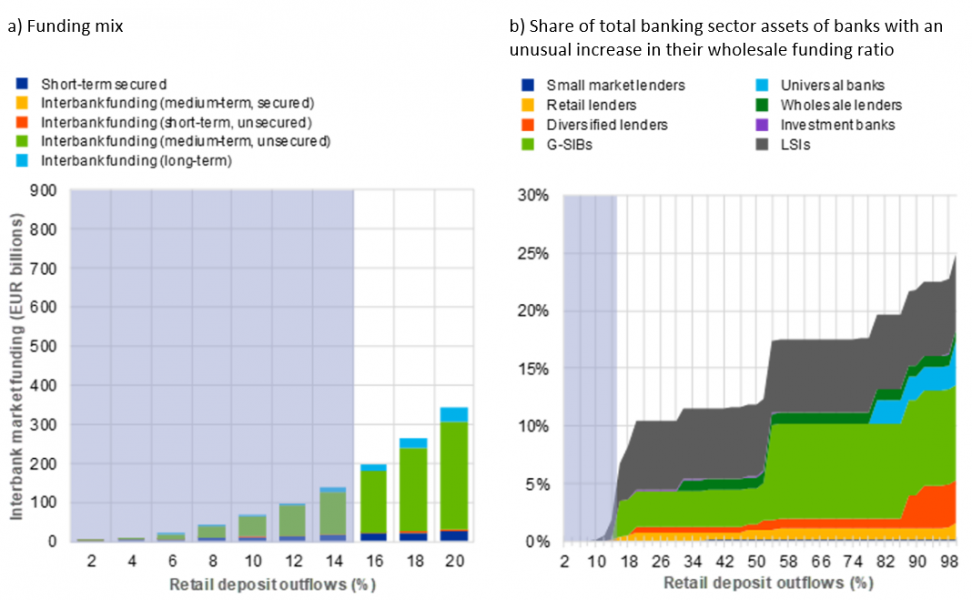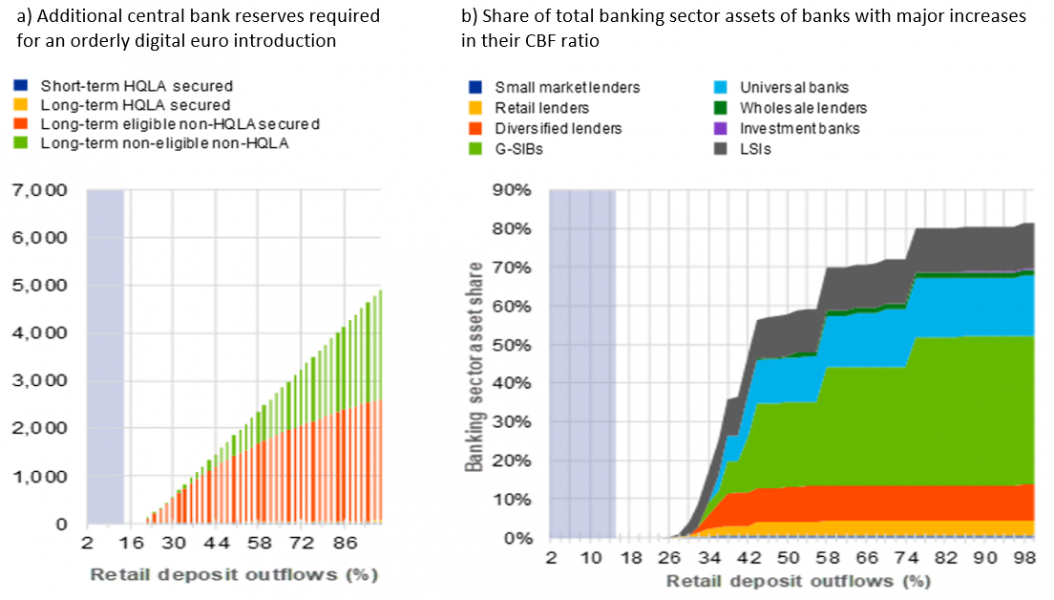References
Bank for International Settlements (2021): “Central bank digital currencies: financial stability implications”, Report no 4, Bank for International Settlements, Basel, September.
Bindseil, U. (2020): “Tiered CBDC and the financial system”, Working Paper Series, No 2351, European Central Bank, Frankfurt am Main, January.
Bindseil, U., and Panetta, F. (2020): “Central bank digital currency remuneration in a world with low or negative nominal interest rates”, VoxEU, Centre for Economic Policy Research, London, 5 October.
Brunnermeier, M. K., and Niepelt, D. (2019): “On the equivalence of private and public money”, Journal of Monetary Economics, Vol. 106, October, pp. 27-41.
Castrén, O., Kavonius, I. K., and Rancan, M. (2022): “Digital currencies in financial networks”, Journal of Financial Stability, Vol. 60, June.
Eurosystem (2020): “Report on a digital euro”, Eurosystem, October.
Gorelova, A., Lands, B., and teNyenhuis, M. (2022): “Resilience of bank liquidity ratios in the presence of a central bank digital currency”, Staff Analytical Note, Bank of Canada.
Meller B. and Soons, O. (2023): “Know your (holding) limits: CBDC, financial stability and central bank reliance”, Occasional Paper Series, No 326, European Central Bank, Frankfurt am Main.
Petracco Giudici, M., & Di Girolamo, F. (2023): “Central bank digital currency and European banks’ balance sheets”, No. JRC132239, Joint Research Centre.






